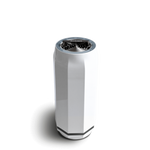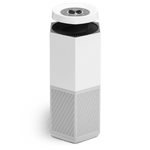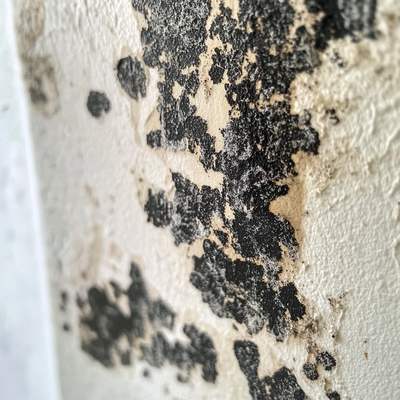How Puraclenz Air Purifiers Supports Better Health for People with Diabetes

Why Air Quality Matters More for People Living with Diabetes
Managing diabetes is a lifelong effort that involves more than just diet, exercise, and medication—it also includes controlling your environment. Increasing research shows that the air we breathe plays a significant role in the development and progression of Type 2 diabetes, particularly due to pollutants like PM2.5 and volatile organic compounds (VOCs).
At Puraclenz, we design advanced air purification systems that target these threats. Our Core 750 Air and Surface Purifier combines True HEPA filtration, a high-capacity carbon layer, and Photocatalytic Oxidation (PCO) technology to help reduce harmful pollutants and biological contaminants. The result is cleaner, healthier air—especially valuable for people living with chronic conditions like diabetes.
The Link Between Air Pollution and Diabetes
Air pollution, especially PM2.5, has been linked to increased insulin resistance, systemic inflammation, and higher risk of developing Type 2 diabetes. PM2.5 particles are small enough to pass into the bloodstream through the lungs, causing oxidative stress and damaging metabolic function.
VOCs, emitted from cleaning products, paints, furnishings, and personal care products, can also contribute to inflammation and respiratory irritation. For people with diabetes, who are already managing inflammation and immune sensitivity, this environmental burden can be harmful.
How Puraclenz Core 750 Helps
The Puraclenz Core 750 is engineered with 5-stage air and surface purification, designed to reduce a wide range of pollutants that impact people living with diabetes. This multi-stage approach provides comprehensive protection from particles, gases, and biological contaminants:
1. Photocatalytic Oxidation (PCO) Cell Neutralizes Airborne Pathogens
Puraclenz’s patented PCO technology continuously emits ions that actively neutralize airborne mold spores, bacteria, and viruses on both air and surfaces. This helps lower exposure to microbial contaminants that can aggravate inflammation and respiratory symptoms.
2. Pre-Filter Screens Out Large Particles
The first line of defense, the pre-filter captures large dust particles, pet hair, and other visible debris. This helps extend the life of the HEPA and carbon filters while improving overall system efficiency.
3. Medical Grade True HEPA Captures PM2.5
The high-efficiency particle filter traps airborne fine particulate matter, including PM2.5, a known contributor to inflammation and insulin resistance. Reducing exposure to these microscopic pollutants helps support better metabolic and cardiovascular health. The H13 True HEPA filter traps 99.97% of dust, pollen, pet dander, mold1, bacteria2 and allergens4 down to 0.1 micron size particles.
4. 250g Activated Carbon Filter Absorbs VOCs
With 250 grams of activated carbon, this filter offers significantly more capacity than typical air purifiers. It effectively absorbs volatile organic compounds (VOCs) from cleaning supplies, paints, and household chemicals—substances that can irritate the lungs and increase systemic inflammation, especially in individuals with diabetes. The large volume of carbon also means the filter lasts up to 5 times longer than standard models.
5. Germicidal UV-C Lamp Reduces Microbial Contaminants
The internal UV-C lamp targets and reduces mycotoxins¹, viruses², bacteria³, and other biological pollutants that pass through or become trapped in the filter. This extra layer of disinfection is especially valuable for people with diabetes, who may have compromised immune systems and greater sensitivity to infections.
This 5-stage system works together to create a cleaner, safer indoor environment—supporting the health and well-being of people with diabetes through advanced air and surface purification.

A Healthier Indoor Environment for People with Diabetes
Diabetes management requires minimizing all sources of inflammation and metabolic disruption—including environmental ones. By reducing PM2.5, VOCs, and biological contaminants, the Core 750 helps create a cleaner, healthier home environment. While no air purifier replaces medical treatment, improving indoor air quality is an evidence-based way to support your immune system and long-term health.
Recommended products

Core Air & Surface Purifier + HEPA
$519.99



